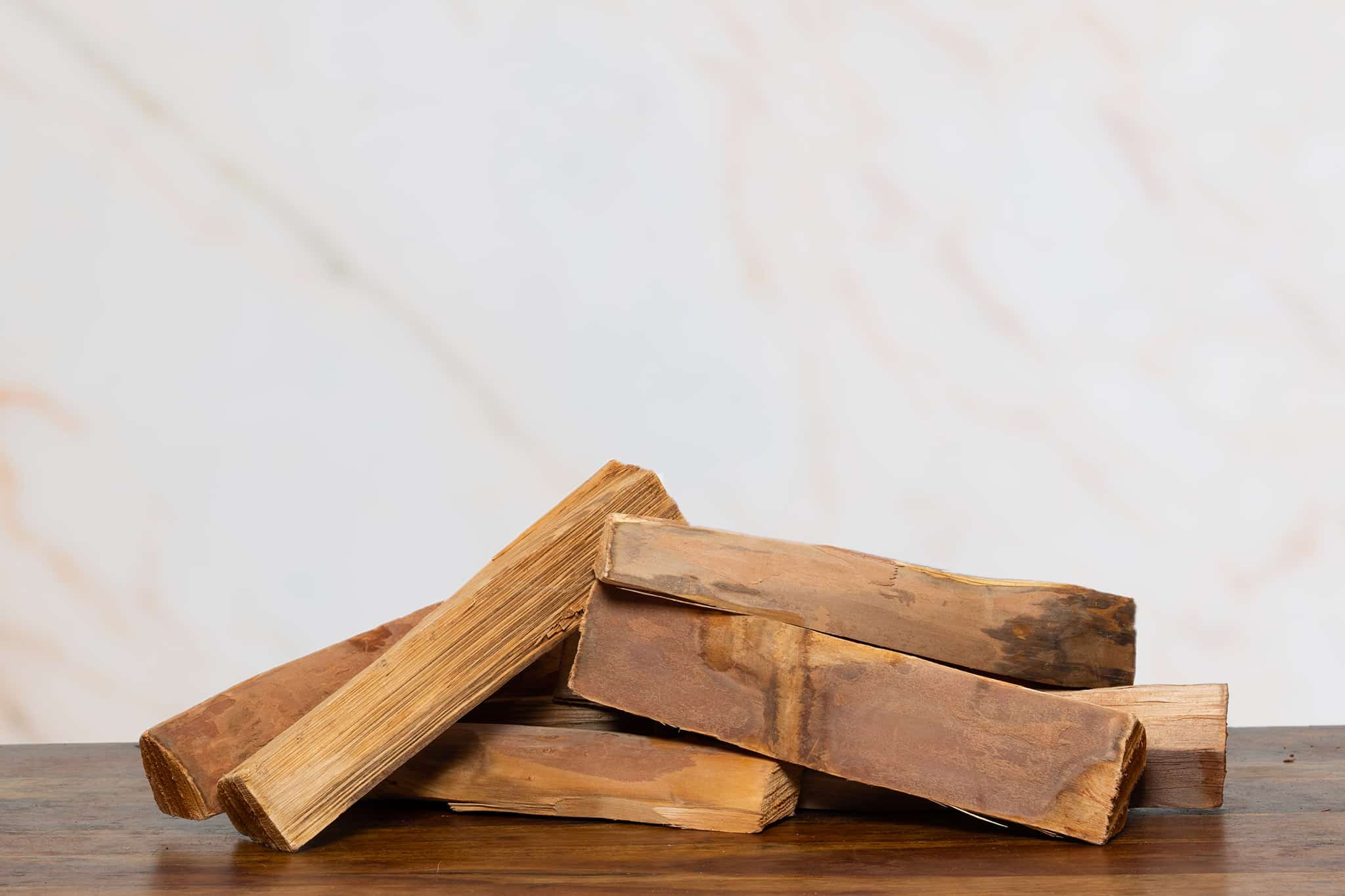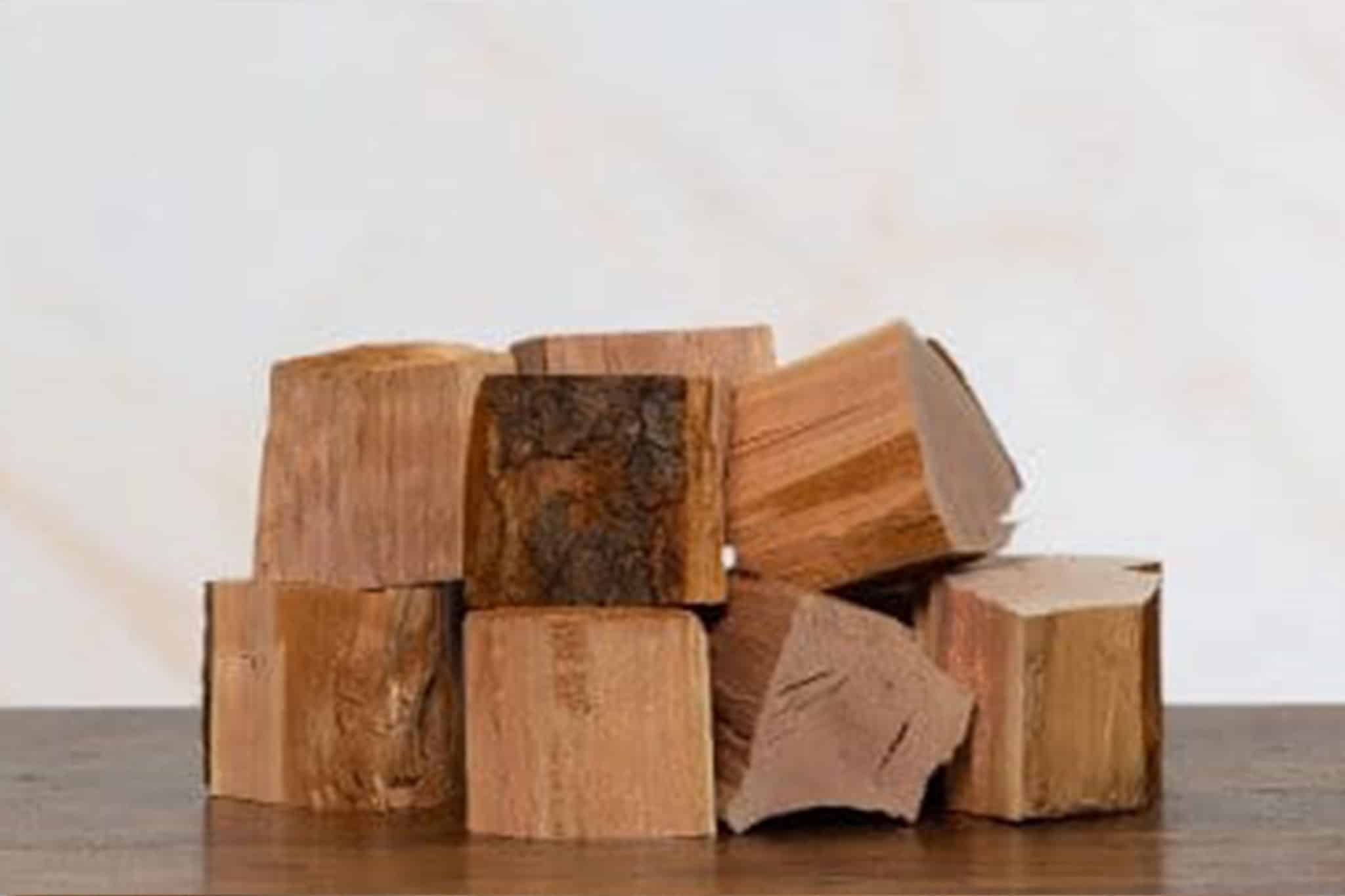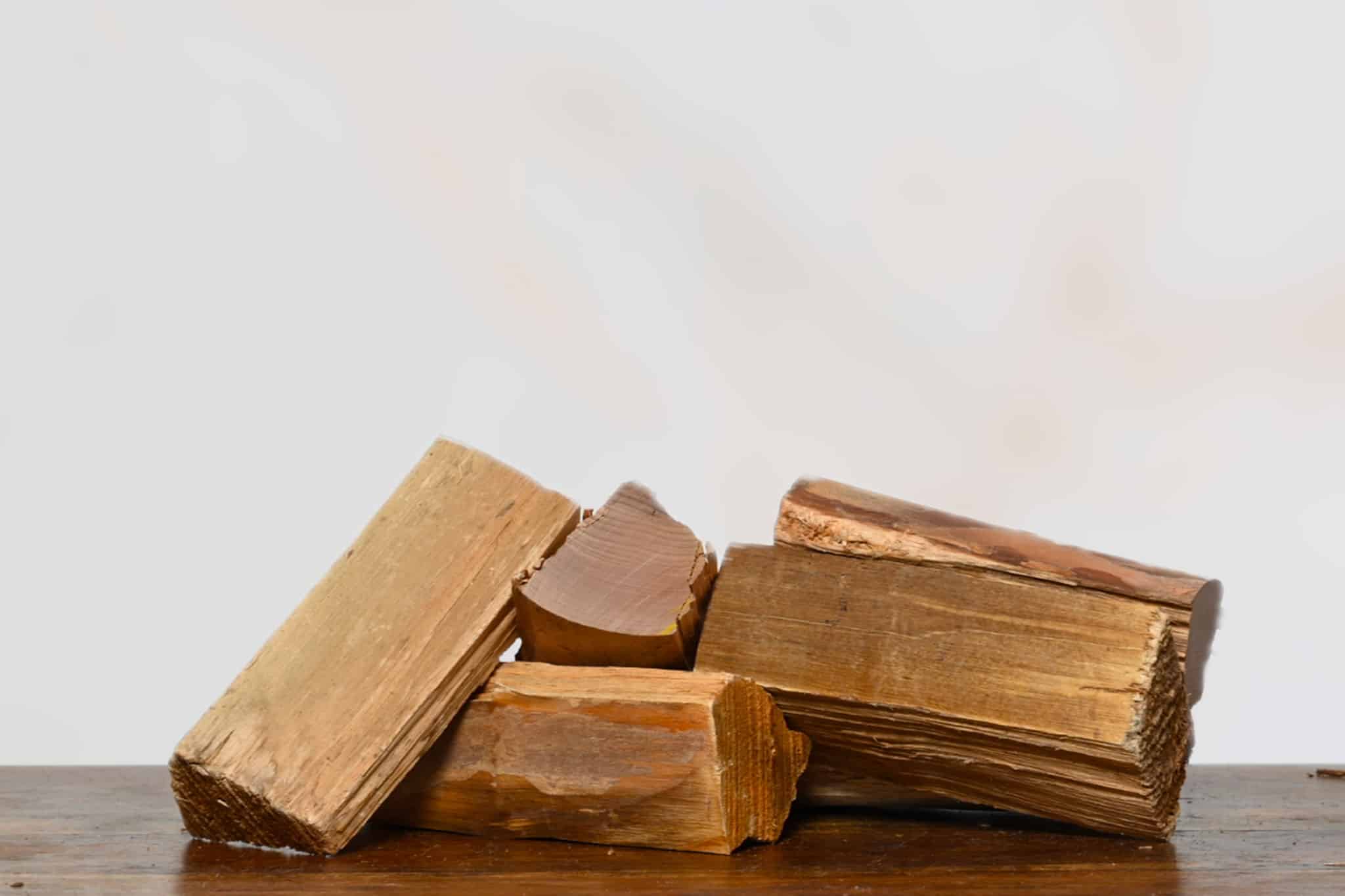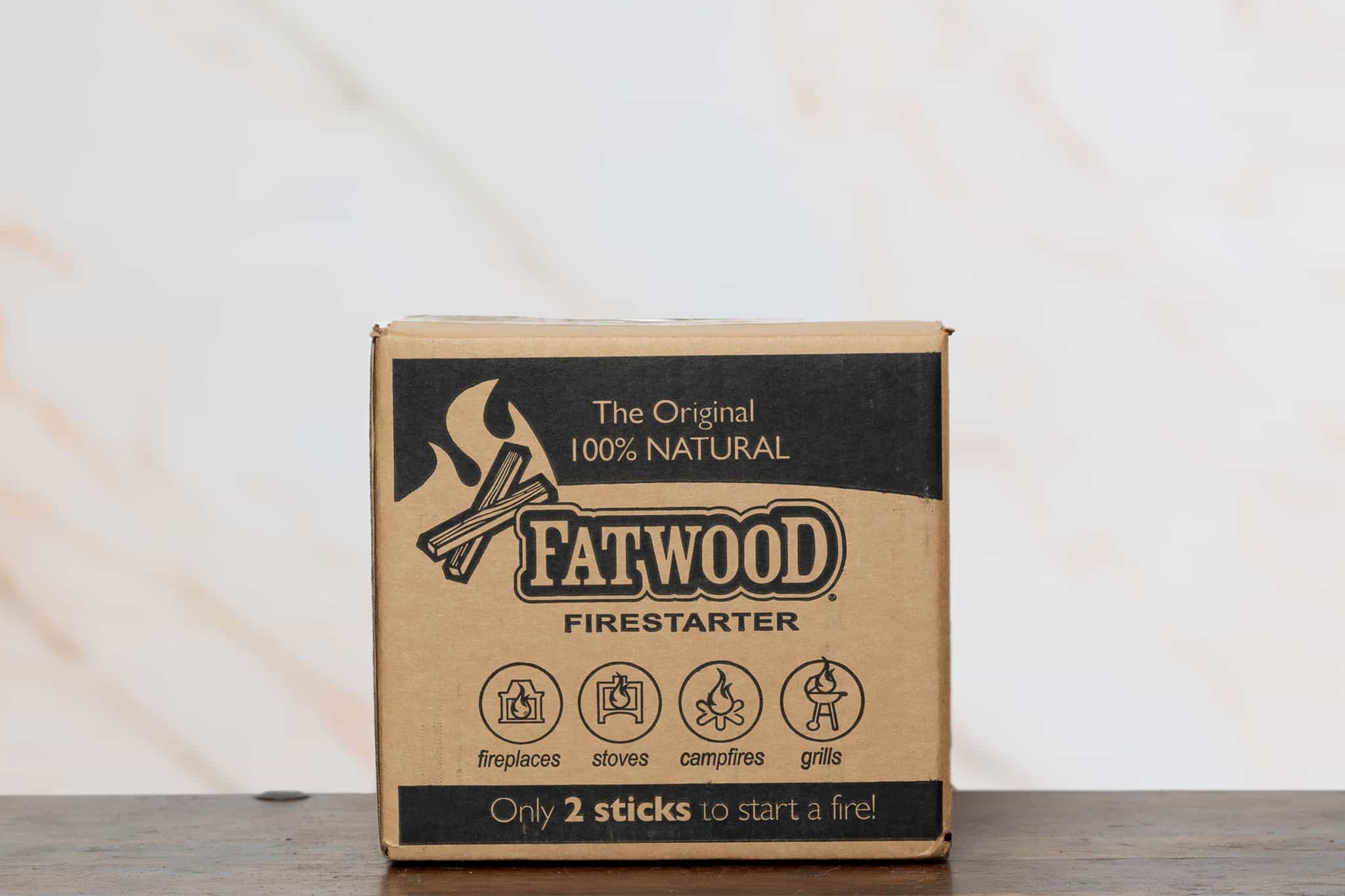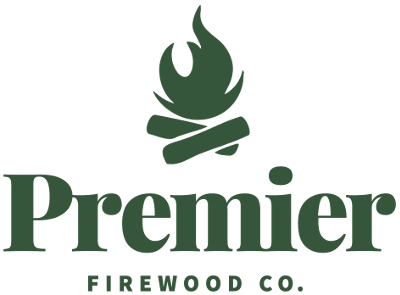Creosote in Your Chimney Can Be Avoided

As I sit by my roaring fire built with kiln dried firewood, I start watching a commercial about a fire starting within the chimney walls due to a buildup of creosote and I wonder:
“Am I at risk for this sort of fire?”
The short answer is no, but it got me thinking about what creosote is, why it happens and how it can be prevented. That is what I will cover in today’s blog post.
What is Creosote?
Creosote is produced from the burning of wood in fireplaces. It is commonly found inside chimney flues when the wood burns incompletely, producing soot and smoke. As the smoke moves up the chimney it moves into a cool flue where condensation can occur. The cool temp of the flue causes the carbon particles of the soot and smoke to solidify – creating creosote.
What is the Risk with Creosote Build-Up
If there is too much creosote in your chimney, it can be combustible and create a potential explosive fire in the chimney wall. Chimney fires can create a mess and can be very expensive to clean up.
What is the Cause of Creosote?
There are 3 main reasons creosote build up occurs:
- The flue is too large for the fireplace
- A restricted air supply
- Use of unseasoned wood
When the flue is too large, the smoke take longer to draw up the chimney. This causes the flue to build up a lot of creosote because the large air space cannot heat up the room and impacts burn efficiency.
When you fully pack your fireplace with wood, the air supply is restricted, thus causing creosote build up. In addition, closed glass doors can also restrict air flow. And of course if your damper isn’t open all the way, this can cause problems too.
Unseasoned or “wet” wood is not good – it does not produce heat but instead a lot of smoke. The smoke is actually full of unburned creosote.
What Should You Do to Prevent Creosote?
In the case of a large flue, relining the chimney will increase heat efficiency and stop the build up of creosote. Your draw will be stronger, making the fire hotter.
Don’t overpack your fireplace full of wood – start with some paper and kindling and add a few logs at a time. If you have a fireplace insert, keep the glass doors open during the burning time. Make certain your damper is fully open.
Use of kiln dried firewood, which has low moisture levels, allows the fire to burn efficiently, create a lot of heat and very little creosote, if any at all.
In addition to all the suggestions listed above, it is important to buy chimney brushes with flexible handles that can allow you to brush the chimney out. You will still need to have an annual cleaning and inspection of your fireplace.
About Premier Firewood Company™
We at Premier Firewood Company™ want you to know the wood you burn has a lot to do with the amount of creosote your wood emits. With kiln dried firewood, you don’t have to worry because moisture levels are low, creating a quality burn every time! Give us a call today 203.866.4252 to place your order!
